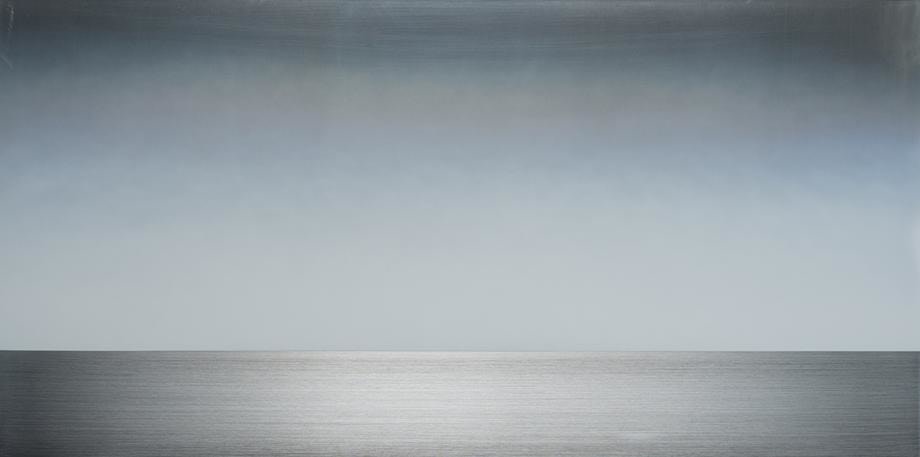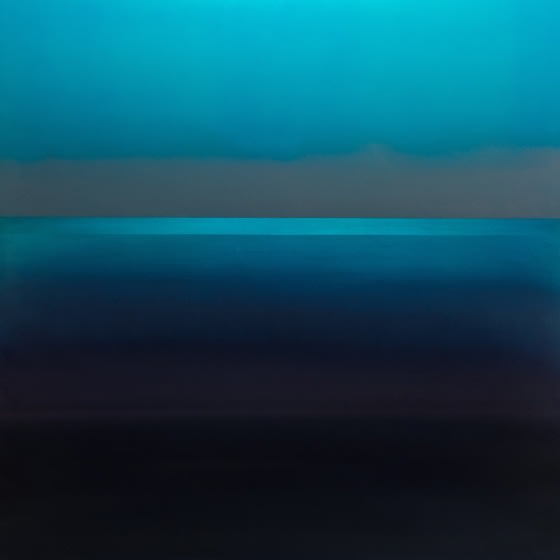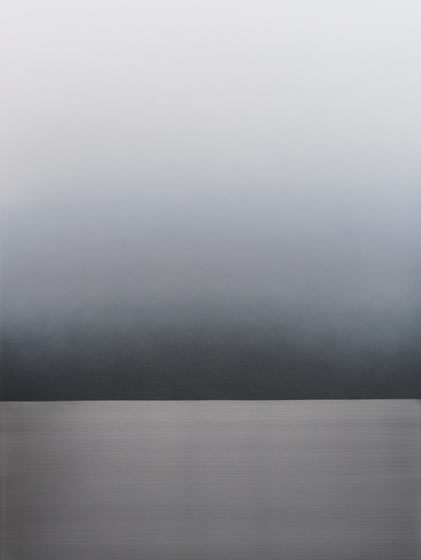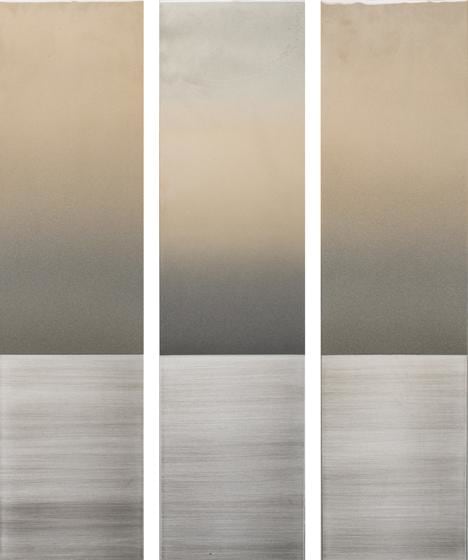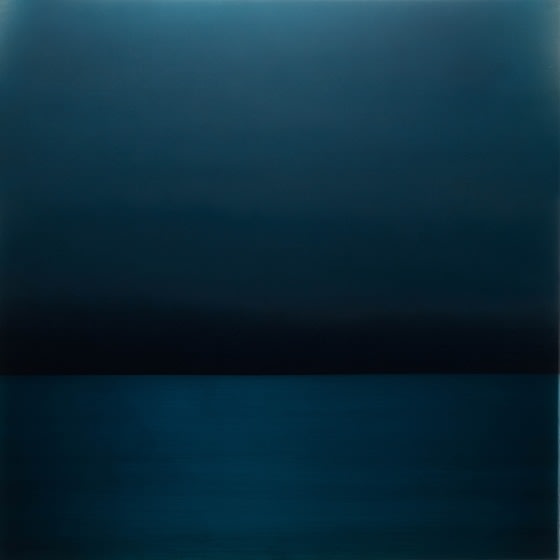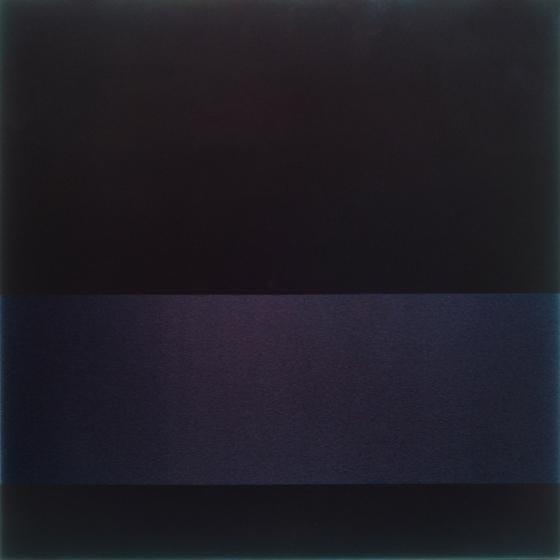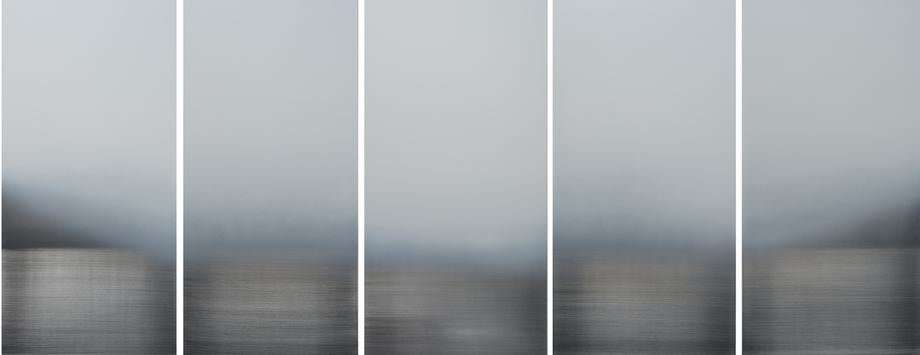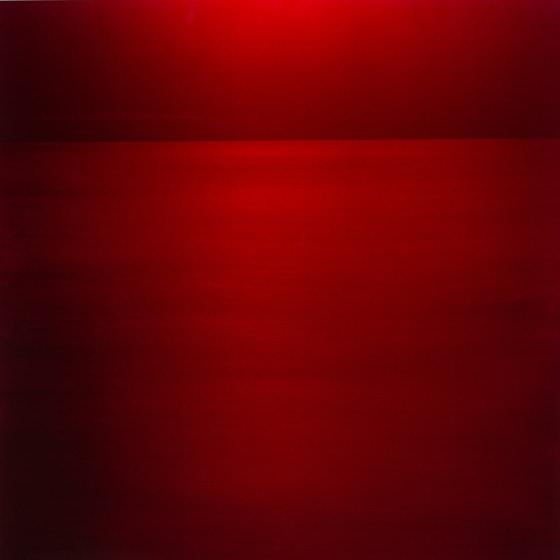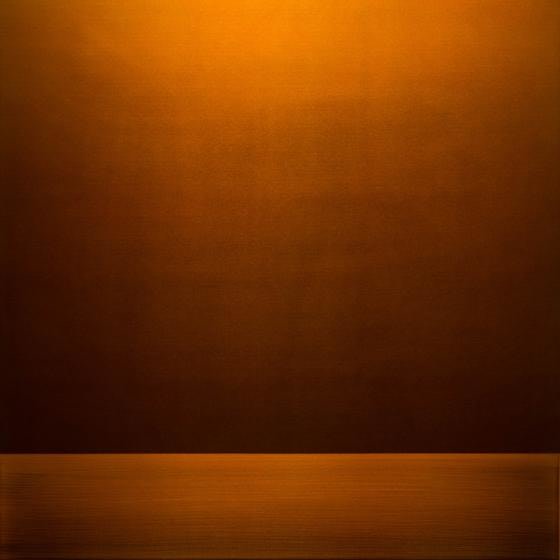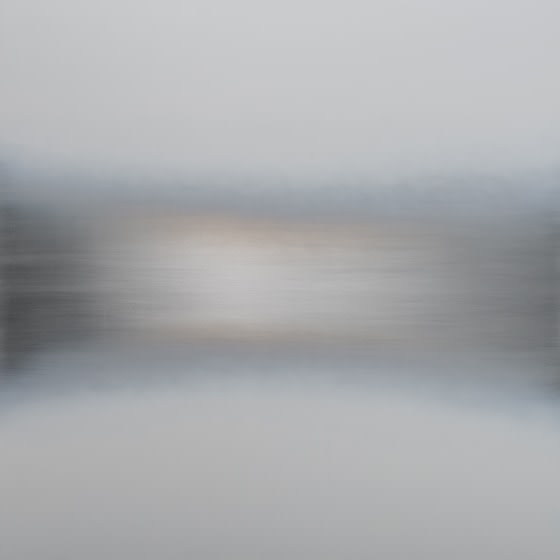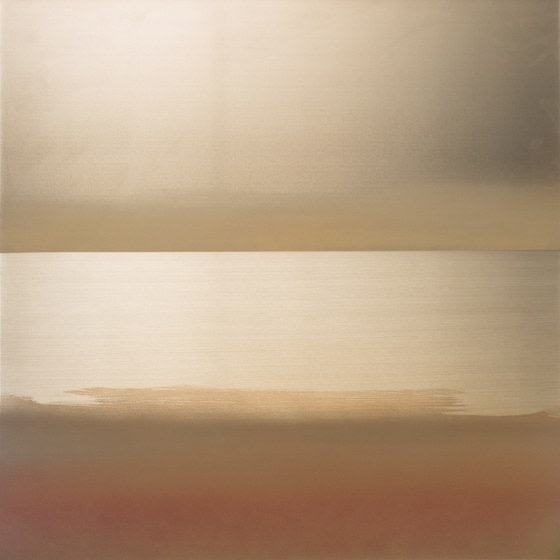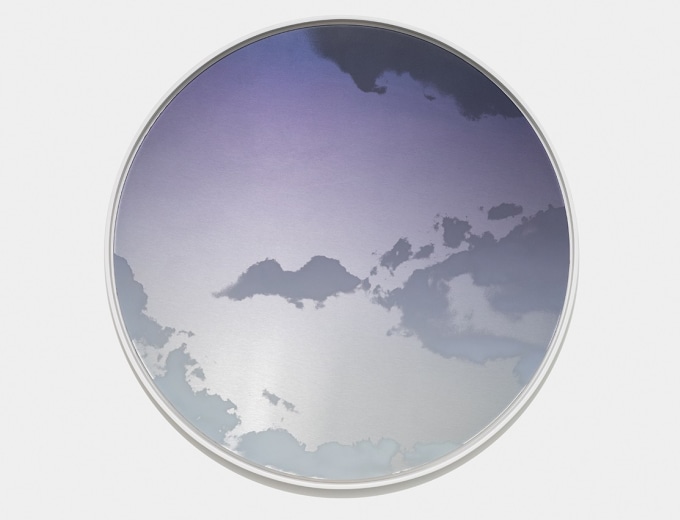
Sundaram Tagore Chelsea is pleased to present The Nature of Perception, a solo exhibition of new paintings and sculptural installations by New York-based artist Miya Ando.
A descendant of Bizen sword makers, Miya Ando spent her childhood among Buddhist priests in a temple in Okayama, Japan, and later, in California. Ando combines the traditional techniques of her ancestry with modern industrial technology, skillfully transforming sheets of metal into ephemeral, abstract paintings suffused with color.
Transformation—both in the physical and the metaphysical sense—is the unifying element of the work in this exhibition. To produce the light-reflecting gradients on her metal paintings, Ando applies heat, sandpaper, grinders and acid to the metal canvases, irrevocably altering the material’s chemical properties. It is by an almost meditative daily repetition of these techniques that Ando is able to subtract, reduce and distill her concept until it reaches its simplest form. The resulting works explore the duality of metal and its ability to convey strength and permanence, yet in the same instance, capture the fleetingness of light and the transitory nature of all things.
For this exhibition, Ando is introducing two new bodies of work that build on the concept of transformation. The first is the Phenomenon series, characterized by an understated iridescence, where the surface of the metal painting appears to change color depending on light and movement. For the viewer, examining these works is not a passive experience, but rather an interactive one, shaped by environmental conditions—the subtle shift of light throughout the day and the viewer’s movement as he or she navigates the space transform the appearance of the work and as a result, the encounter itself.
Ando’s second new series, Kintsugi, was inspired by a centuries-old Japanese form of restoration. Kintsugi, which translates as “gold joinery,” is a process in which a mixture of lacquer and gold dust is used to patch cracks in broken pottery. It is a method not meant to disguise flaws, but rather emphasize them as part of a piece’s history. Ando employs a process similar to this ancient technique to fill crevices between slats of shou-sugi-ban, a charred wood often used as an exterior building material in Okayama. Recalling memories of local Buddhist temples from her childhood in Japan, Ando uses the gold fill as an allusion to a golden light emanating from within a sacred structure.
Additionally, Ando is presenting new Hamon paintings, a series she’s been working on for the past decade, which examines the transitory nature of things. The name refers to an ancient sword-smithing technique unique to Japan in which the repetitive process of quenching and tempering a forged blade results in a cloud-like pattern along the edge of the sword. Subtly echoing the ephemeral, abstracted landscapes of the artist’s earlier works, the Hamon series explores the juxtaposition of seemingly opposing forces—in this case, a poetic visual element gilding an object intended to end human life.
The focus of Ando’s artistic practice is the intrinsic connection between the human sphere and the natural world. “My interest is in creating work that allows the viewer to experience a relationship to nature and to truly be in the moment as they encounter the transitory qualities of light,” Ando says. “I want to draw people into a slowed-down environment with work that is experiential and employs the visual vocabulary of natural phenomena and transformation.”
Miya Ando has a Bachelor of Arts degree in East Asian Studies from the University of California, Berkeley, and attended Yale University to study Buddhist iconography and imagery. She apprenticed with a master metalsmith in Japan, followed by a residency at Northern California’s Public Art Academy. Her work has been shown worldwide, including at the de Saisset Museum, Santa Clara University, California, in a show curated by Nat Trotman of the Guggenheim Museum, and an exhibition at the Queens Museum, New York. In 2015, a large shou-sugi-ban installation by the artist was featured in Frontiers Reimagined, a collateral event of the Venice Biennale.
Miya Ando has produced numerous public commissions, most notably a thirty-foot-tall sculpture in London built from World Trade Center steel to mark the ten-year anniversary of 9/11, for which she was recently nominated for a DARC Award in Best Light Art Installation. Awards include the Pollock-Krasner Foundation Grant, 2012. She lives and works in New York.
For more information, email gallery@sundaramtagore.com or call 212-677-4520.

